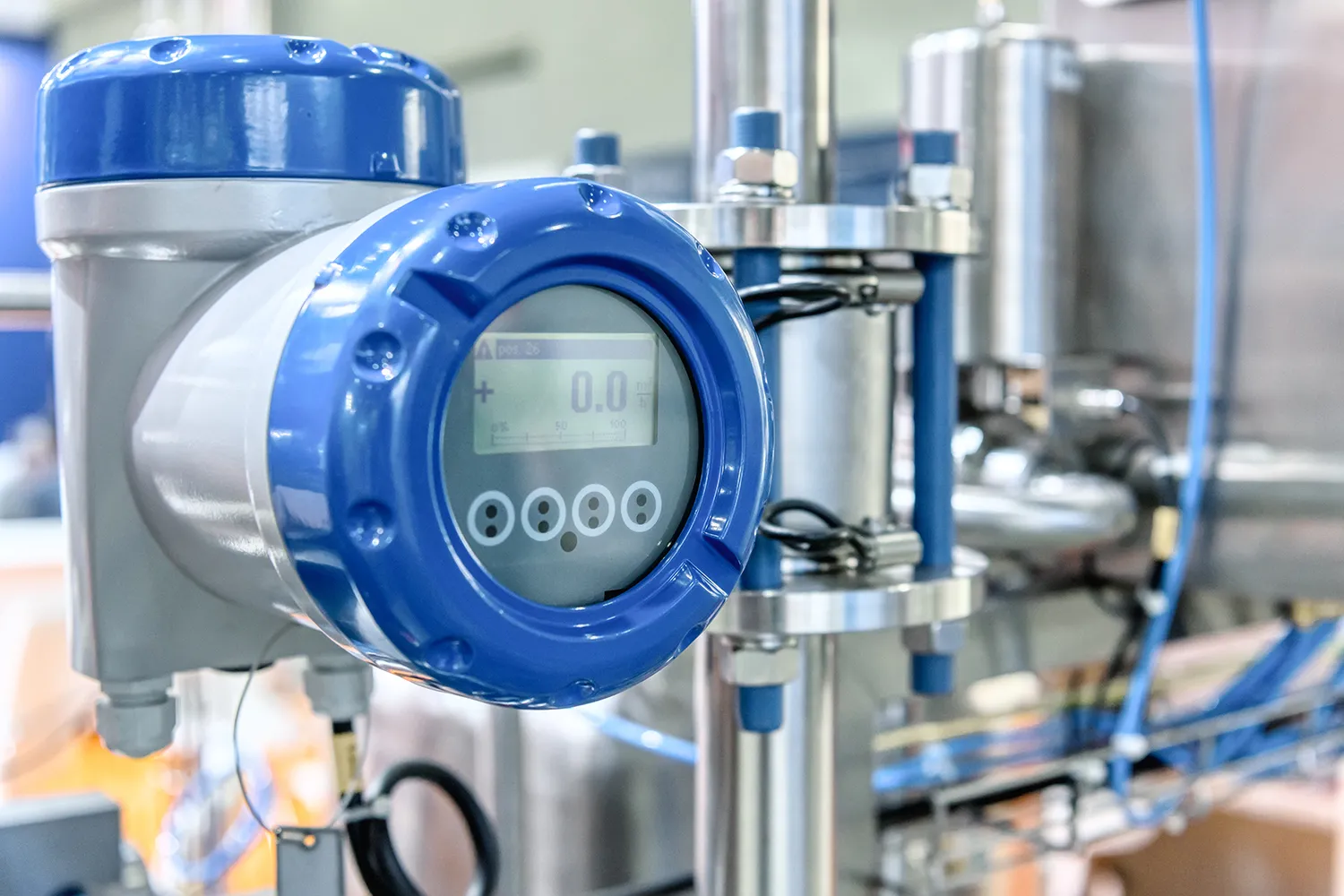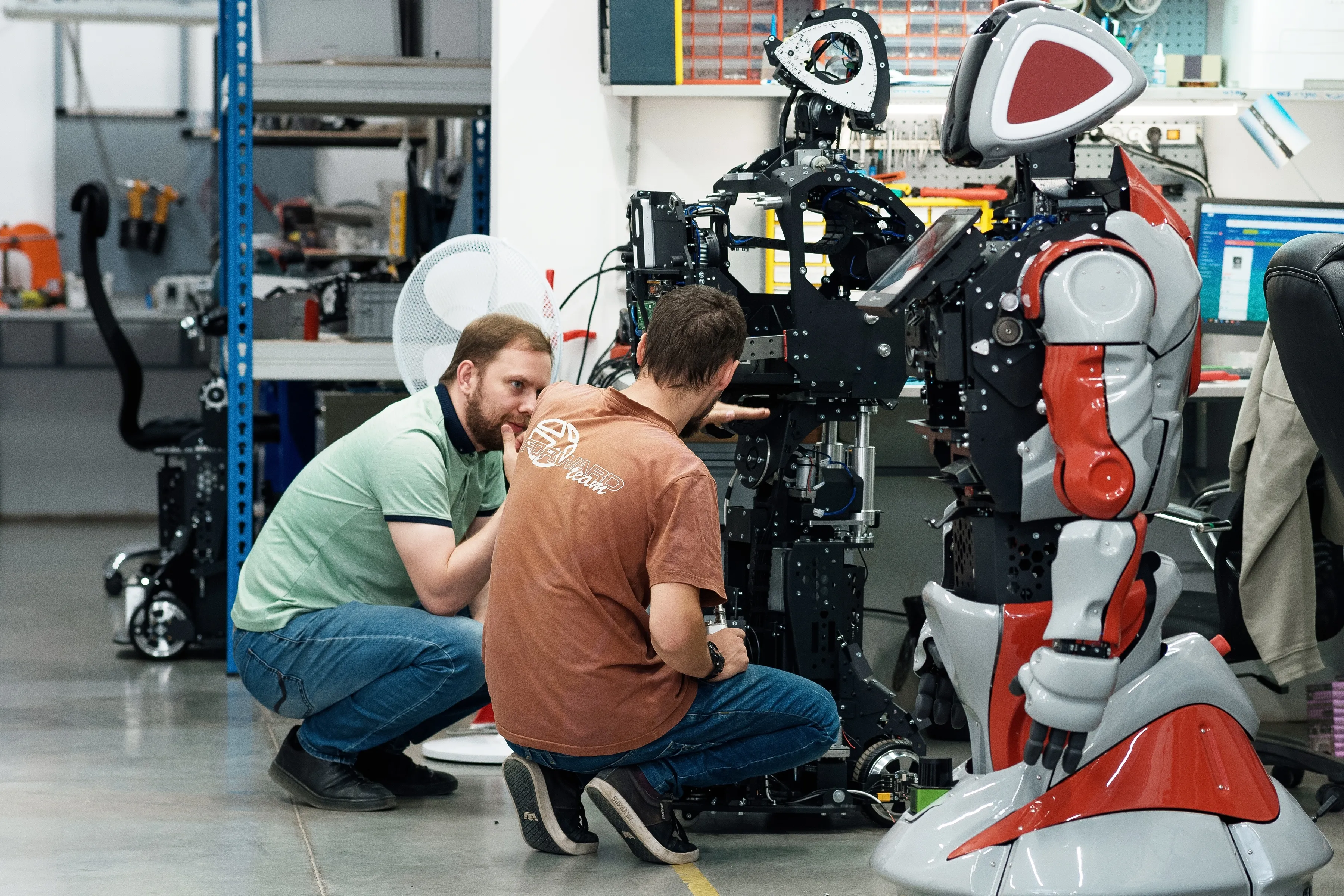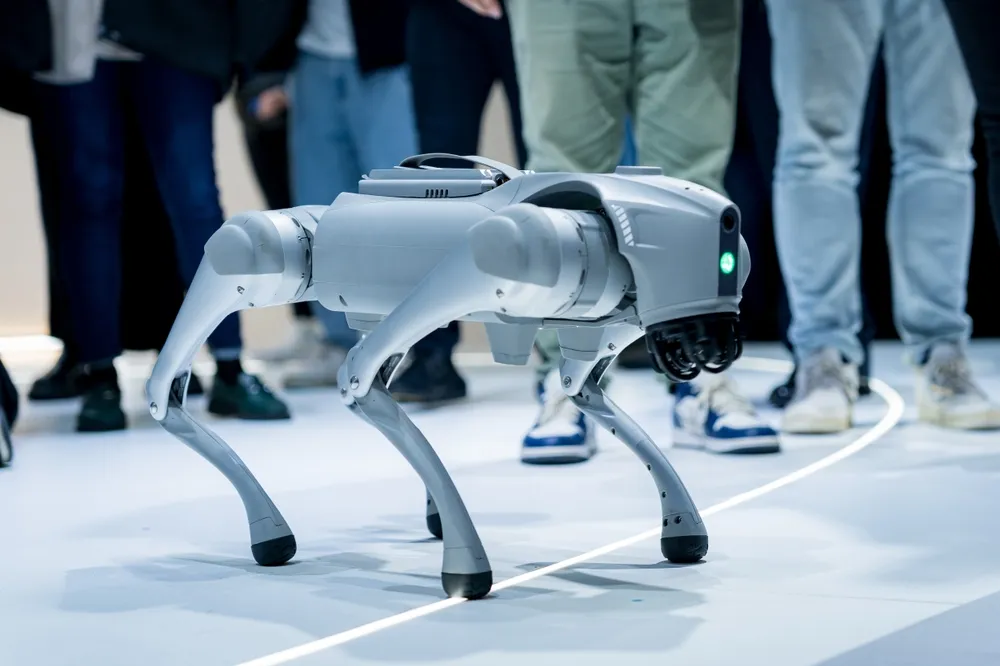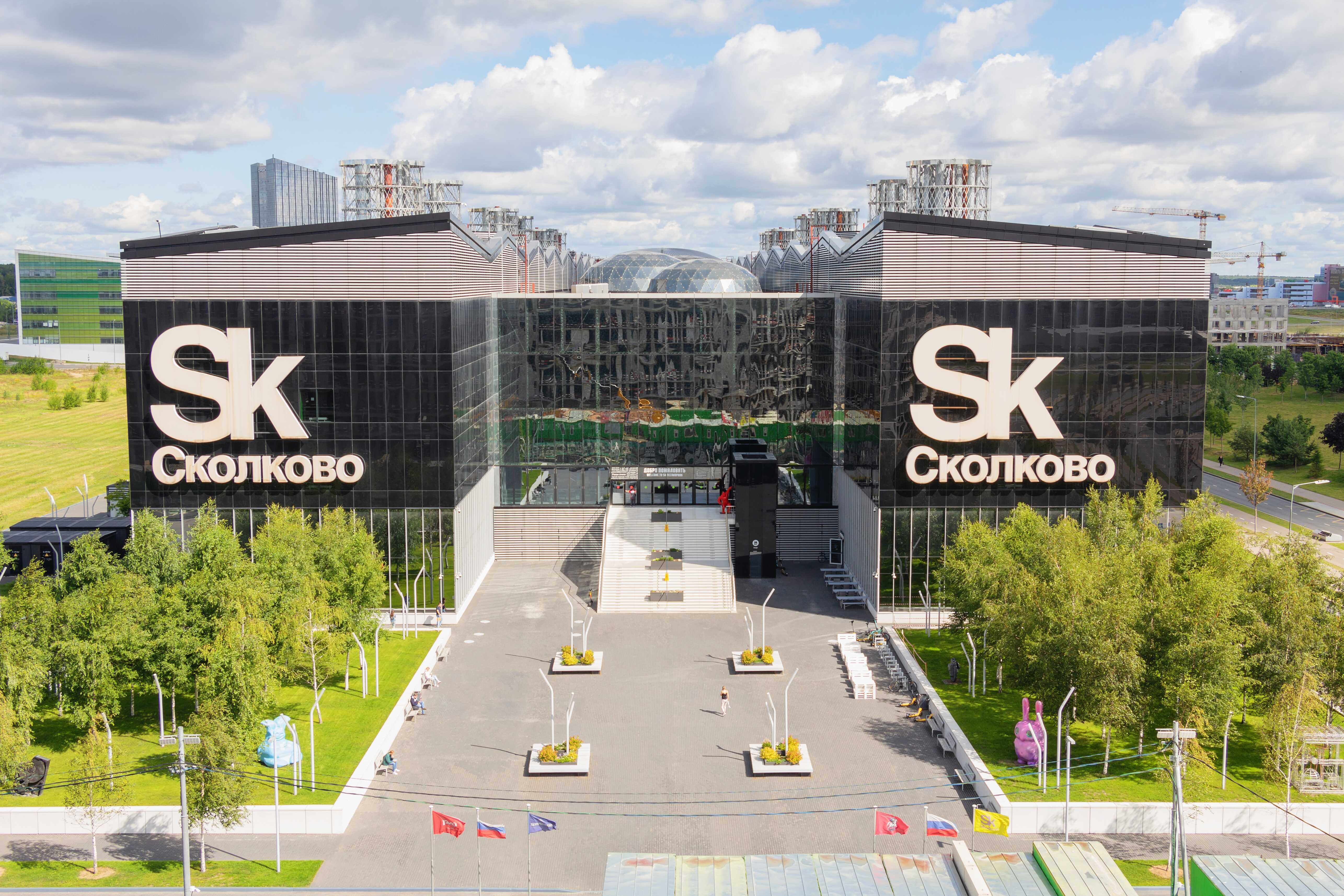Russia’s AI Targets Infections: Scalable Intelligence for Global Epidemic Readiness

Russia is emerging as a leading global provider of AI-powered health technologies for epidemic prediction, chronic disease profiling, and early cancer detection—offering scalable tools to nations facing infrastructure gaps.
Real-Time Digital Profiles for Public Health
Russia’s AI platforms are enabling health systems to forecast outbreaks, trace transmission chains, and optimize resource distribution. One of the most notable advances is Webiomed CDSS—Russia’s first AI platform certified as a medical device. It processes de-identified patient data, from lab tests to lifestyle factors, to generate predictive risk scores and personalized profiles.
The system helps clinicians identify chronic illness risks and flag complications before symptoms escalate. Webiomed has proven especially valuable in high-density, low-infrastructure regions in Asia and Africa, where it enables national preventive care by analyzing clinic-level data to detect early clusters and propose rapid response protocols. Its end-to-end AI pipeline—from ingestion to analysis—operates in a matter of hours.
AI-Driven Cancer Screening at the Front Line
Another flagship is Galenos.AI, developed by TechLAB for early cancer detection. The platform reviews electronic medical records (EMRs) and intake forms to identify red flags. If high-risk patterns are detected, it alerts clinicians to recommend further testing. Galenos.AI supports screening for 16 cancer types during initial visits.

The algorithms are based on Russia’s national early cancer detection guidelines and use reinforcement-trained neural networks. Primary care physicians and nurses participate in the workflow, making it ideal for first-line settings.
By analyzing symptoms like weight loss, fever, and fatigue, the system increases diagnostic vigilance and accelerates referrals—making early intervention more accessible in underserved communities.
Forecasting and Containing Global Outbreaks
Russia’s epidemic AI models are now embedded in international public health efforts. Predictive systems built for COVID-19 response are being used across Brazil, the CIS, and other regions.
Among the most advanced is a hybrid system combining ANFIS (adaptive neuro-fuzzy inference) and CMPA (chaotic marine predator algorithm). In Brazilian trials, its forecasts were off by less than 0.5% compared to real-world outcomes over a 30-day window.
Random forest models further enhance the system’s resistance to statistical noise. Together, these tools offer accurate infection spread modeling, helping countries determine when to close schools, restrict gatherings, or suspend transit.
The solutions have allowed emerging nations to reallocate PCR testing resources and deploy localized lockdowns quickly and cost-effectively.

Simulation, Testing, and Global Deployment
Russian academic institutions have been instrumental in simulating future epidemics. A consortium including the Zababakhin All-Russian Research Institute, Russian Academy of Sciences, and Gamaleya Center has developed forecasting tools that help policymakers pre-stock medicine, allocate ICU beds, and plan mobile infrastructure.
A key prototype was developed by the Siberian Institute for Computational Technologies (ICT) in 2020, in collaboration with BioSoft. Their COVID-19 simulation model, tailored to Russian conditions, was presented at a national conference that year.
Meanwhile, Russia exports PCR and LAMP test systems abroad, bundled with AI dashboards from the Gamaleya Center. These tools support fast diagnosis and real-time monitoring of virus spread.
Today, Russian AI in healthcare is not just a domestic tool—it’s a global public health instrument. Its speed, adaptability, and low infrastructure demands make it vital for epidemic control in the 21st century.









































